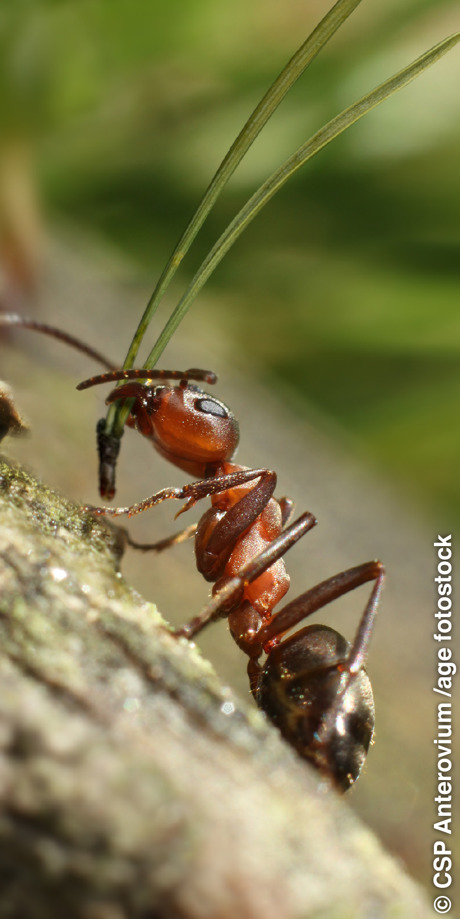 MECHANICAL
ENGINEERS marvel at the ability of a common ant to lift weights many
times heavier than its own body. To understand this ability, engineers
at Ohio State University, U.S.A., reverse engineered some of the ant’s
anatomy, physical properties, and mechanical functions by means of
computer models. The models were created using X-ray cross-sectional
images (micro CT scans) and simulations of the forces an ant generates
when carrying loads.
MECHANICAL
ENGINEERS marvel at the ability of a common ant to lift weights many
times heavier than its own body. To understand this ability, engineers
at Ohio State University, U.S.A., reverse engineered some of the ant’s
anatomy, physical properties, and mechanical functions by means of
computer models. The models were created using X-ray cross-sectional
images (micro CT scans) and simulations of the forces an ant generates
when carrying loads.
A
critical part of the ant’s anatomy is its neck, which has to bear the
full weight of loads grasped in its mouth. Soft tissues within the ant’s
neck bind with the stiff exoskeleton of its thorax (body) and head in a
manner that mimics the interlocking of fingers in folded hands. “The
design and structure of this interface is critical for the performance
of the neck joint,” says one of the researchers. “The unique interface
between hard and soft materials likely strengthens the adhesion and may
be a key structural design feature that enables the large load capacity
of the neck joint.” Researchers hope that a clear grasp of how the ant’s
neck functions will contribute to advancements in the design of
man-made robotic mechanisms.